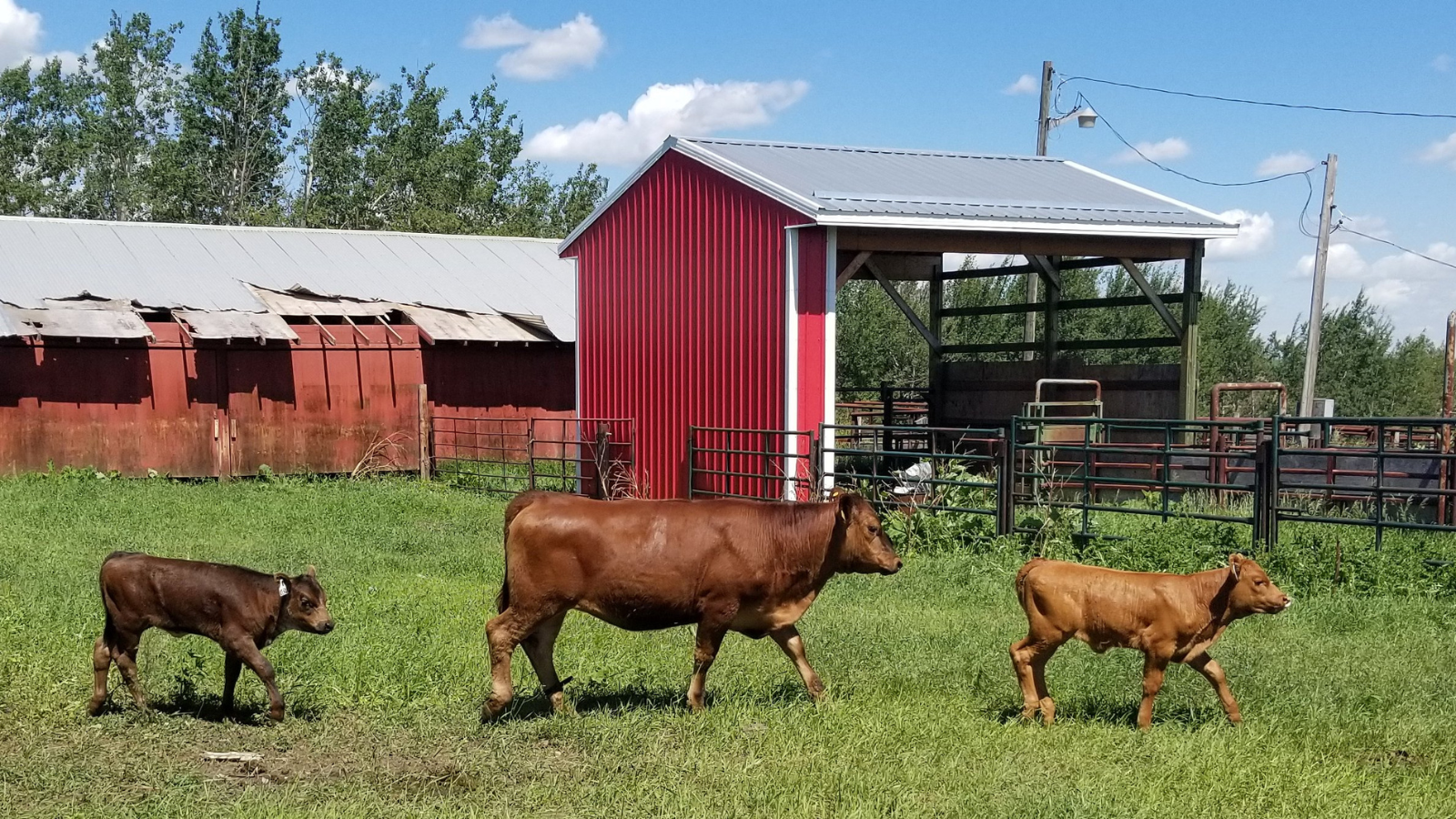What is Wildlife & Rangeland Resources Management?
Rangelands represent 40 to 70% of the world’s terrestrial land base. Rangelands are areas that provide forage and habitat for free-ranging herbivores, such as livestock and/or wildlife, and include a diversity of landscapes, including grasslands and even wetland ecosystems. Management of these important areas can help sustainably use these lands for the benefit of society, while conserving them in the face of mounting natural disturbances and other threats. This major will prepare you for a career as a leader in managing important wildlife and rangeland resources in public or private areas.
Is this major for me?
Are you familiar with rangelands in your area, or interested in learning more about those in Canada and North America? This program will explore the attributes of rangeland ecosystems and the role of land use in altering rangeland properties and their function, with on-location learning through class trips and field schools. Gain an understanding of the basic and applied ecology of different rangeland ecosystems, including their response to grazing by wildlife and livestock, as well as other disturbances such as drought, fire, flooding, climate change and plant invasions. Graduates will be confident in principles and practices of rangeland management, including the wide array of tools available to enhance rangeland conservation and sustainability.
Careers
- Agribusiness agent
- Conservation officer
- Environmental scientist
- Land use advisor
- Non-governmental organization agent
- Private consultant
- Rangeland agrologist
- Rangeland management specialist
Feature Careers
Conservation officers protect and manage natural resources and visitors in parks and on public lands. Average salary: $74,795
Source: Government of Alberta, Occupations in Alberta
Featured Courses
Introduction to animals in the context of conservation, interactions with people, and roles in natural ecosystems. Labs provide a survey of Western Canadian animal life, both vertebrate and invertebrate, with emphasis on recognition of higher taxa and on hierarchical classification. Field trip.
Biology and ecology of invasive alien species in cropped, disturbed, and natural environments. Methods of control of weedy species, including biological, cultural, mechanical, and chemical and an introduction to the herbicide mechanism of action and environmental impacts.
Principles of ecology as applied to the management of fisheries and wildlife communities. Topics include the growth and regulation of populations, interactions among species and their environments, tools and techniques used to assess and manage fisheries and wildlife. Special emphasis will be placed applying knowledge using case studies and class exercises to demonstrate key principles.
Issues, principles and science surrounding sustainable use of wildlife resources. Hunting, angling and trapping for subsistence, recreational and commercial purposes. Sociopolitical dimensions of harvest regulation, wildlife administration, and human demographic changes. Field trips.
You may also
be interested in:
Programs related to a major in wildlife & rangeland resources management

